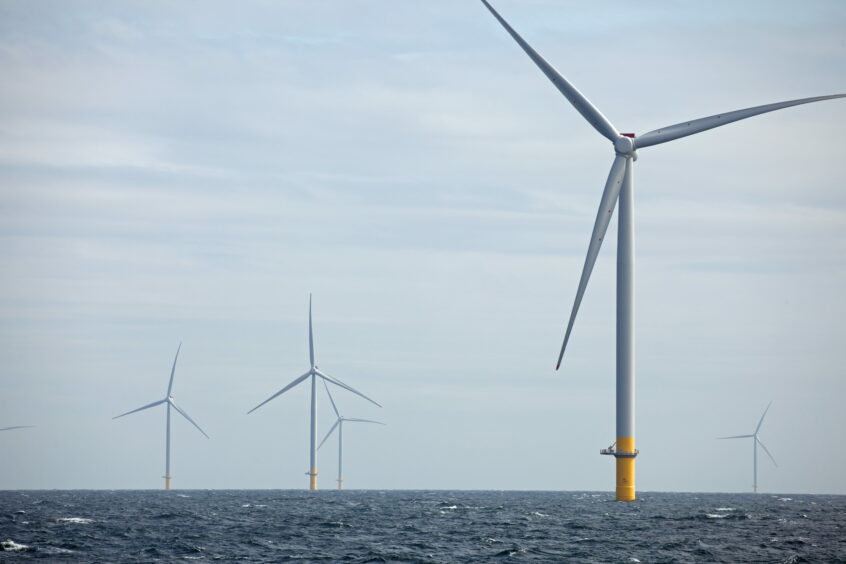
There is a risk that offshore wind developers in “less favourable” markets could face a supply squeeze as global deployment accelerates.
John MacAskill, operations director of London-headquartered Offshore Wind Consultants, says turbine manufacturers could overlook regions not deemed a priority as they chase profitability.
As such, offshore wind developers may encounter “supply and or pricing issues” and find it more challenging to run a “competitive turbine procurement processes”.
However, Mr MacAskill said he doesn’t foresee any “globally dramatic” supply crunches that could scupper the wider rollout of wind farms.
Turbine maker Siemens Energy recently revealed it has been swamped with requests to build factories in countries across the world.
It has prompted concerns about the ability of developers to balance demands for local content with global supply chains, leading to potential for bottlenecks.
Mr MacAskill said: “There are certainly more drivers for market specific plants; pure demand, post-pandemic green growth, moving jobs from the brown side to the green side of the transition.
“Rising nationalism and a push back against globalism, both political and due to the pandemic’s impact on global supply chains, are also factors.
“These are strong drivers, but looking at offshore wind, not every market will or can get it’s wind turbine plant.
“There are a number of factors that will dictate whether a foundation is laid or not at a new wind turbine factory.”
He said that, given offshore equipment manufacturers (OEMs) “only build a factory once” they often decide where to put them based on the “wider regional market”.
That means that they won’t necessarily be allocated on an “individual country basis”.
Currently the offshore wind markets, outside China, are served by three main OEMs; Vestas, General Electric (GE) and Siemens Gamesa Renewable Energy (SGRE).
Ideally for renewables developers, all three companies will be able to compete on an equal footing, but that is not always the case.
Mr MacAskill said: “What happens when a market that demands local content ends up attracting a wind turbine generator (WTG) assembly/manufacturing plant that can supply only 55% of that market?
“If the remaining 45% of demand does not warrant a factory and there are local content rules that a developer has to apply to, how competitive will those turbine procurement processes be, especially with global procurement-driven developers?”
“One example of this close to home is that it is unlikely that 10GW of a pipeline in Scotland with the ScotWind leasing round would be enough to warrant Vestas building a blade facility as they would forecast that their market share would be satisfied from their Isle of Wight facility.”
A situation could also occur whereby a market, with “an appropriate pipeline and route to market” but the ability to only support one plant, could become dominated by a single OEM.
Meanwhile, in countries like the US that “will eventually support a number of plants”, a competitive environment will develop, akin to the EU markets.
Mr MacAskill said: “All that assumes that the wind turbine OEM’s can supply what they commit to. OEMs are heavily reliant on their Tier 1 and 2 suppliers, depending on the wind turbine they tend to be blades, towers, direct drive generators, bearings and converters.
“During 2020, the impact to supply chains due to the pandemic was highest on blades, followed by direct drive generators, this has shown to everyone that global, especially just-in-time, supply chains are very vulnerable to disruption. They are fragile.
“Just because an OEM sites a manufacturing plant in a specific country, it is still exceedingly likely most of the major components will be sourced through their existing global supply chain out with that country and their capacities to deliver has to be considered.”
You can read Mr MacAskill’s comments in full here.
Recommended for you


